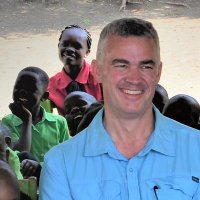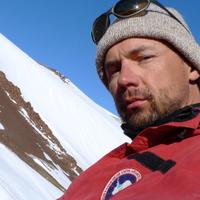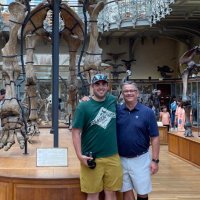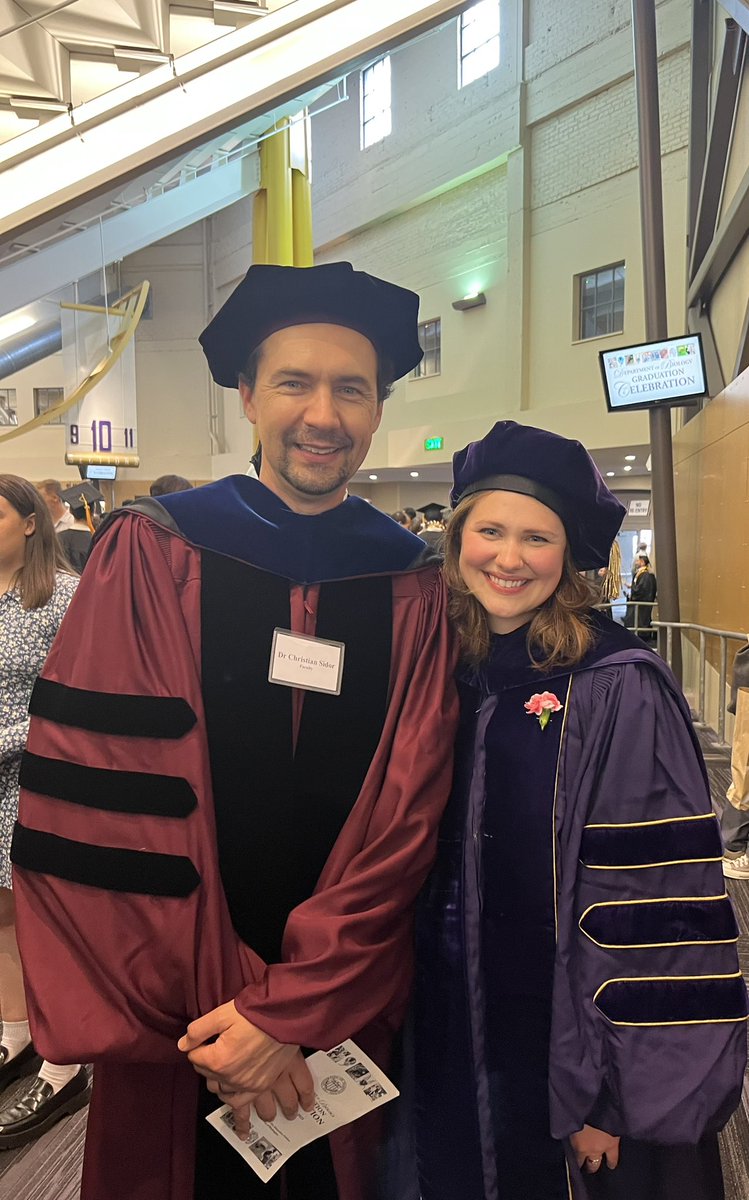
Stromberg Lab
@stromberglab
ID: 4918487967
http://www.stromberglab.org 16-02-2016 08:58:36
387 Tweet
409 Takipçi
122 Takip Edilen







I am so grateful for the collaborators, associates, and friends who made this #ScienceResearch possible, including many not on Twitter as well as Dan Peppe @susy_cote Rahab Kinyanjui @WilliamELukens Caroline Strömberg Dr Emma Mbua Dr. Lauren Michel Amon Mugume @kevin_t_uno cliff ochieng (15/16)

Also deeply indebted to the myriad institutions and foundations that supported this work, including: National Museums of Kenya ugandamuseums TURKANA BASIN INSTITUTE U.S. National Science Foundation The Leakey Foundation Wenner-Gren Foundation The Leverhulme Trust NSERC / CRSNG National Geographic Society UMN Anthropology UMN Liberal Arts University of Minnesota (16/16)


Wooded grasslands flourished in Africa 21 million years ago – new research forces a rethink of ape evolution theconversation.com/wooded-grassla… via The Conversation U.S.

#UW Undergraduate Research Symposium last Friday and the Stromberg lab undergraduates came to represent! We had 17 undergrads presenting on 12 different topics. And special shoutout to Caroline Strömberg for the Outstanding Undergraduate Research Mentor Award! #HuskyResearch


Happy to announce that Zoe Kulik, PhD passed her PhD defense this morning! Another synapsid paleontologist fledged. UWPaleo UW Biology Burke Museum of Natural History and Culture




NEW The end-Cretaceous plant extinction: Heterogeneity, ecosystem transformation, and insights for the future — with Mónica Carvalho & Elena Stiles. @moccada College of EMS @Paleobot_Anist UMich Paleobotany Cambridge Prisms #paleobotany cambridge.org/core/journals/…

66 million years ago, an asteroid impact wiped out nearly 75% of life on Earth, including the non-avian dinosaurs. But a new paper finds that flowering plants weathered the cataclysmic close of the Mesozoic surprisingly well🌸☄️ My latest for NYT Science: nytimes.com/2023/09/12/sci…

🎉Great news! The new paper ‘Palms of the past: can morphometric phytolith analysis inform deep time evolution and palaeoecology of Arecaceae?’ in Annals of Botany by William Brightly and co-authors is now #free for a limited time. (1/8) 👉botany.fyi/ji8yrm #Paleobotany #AoBpapers








